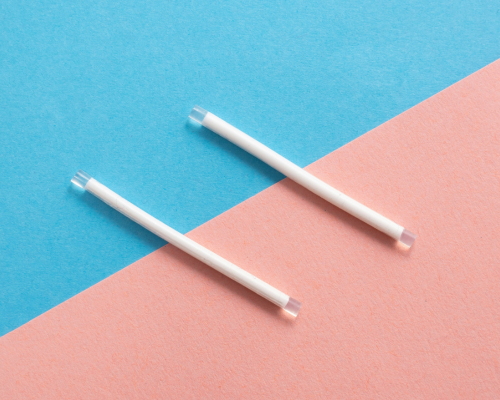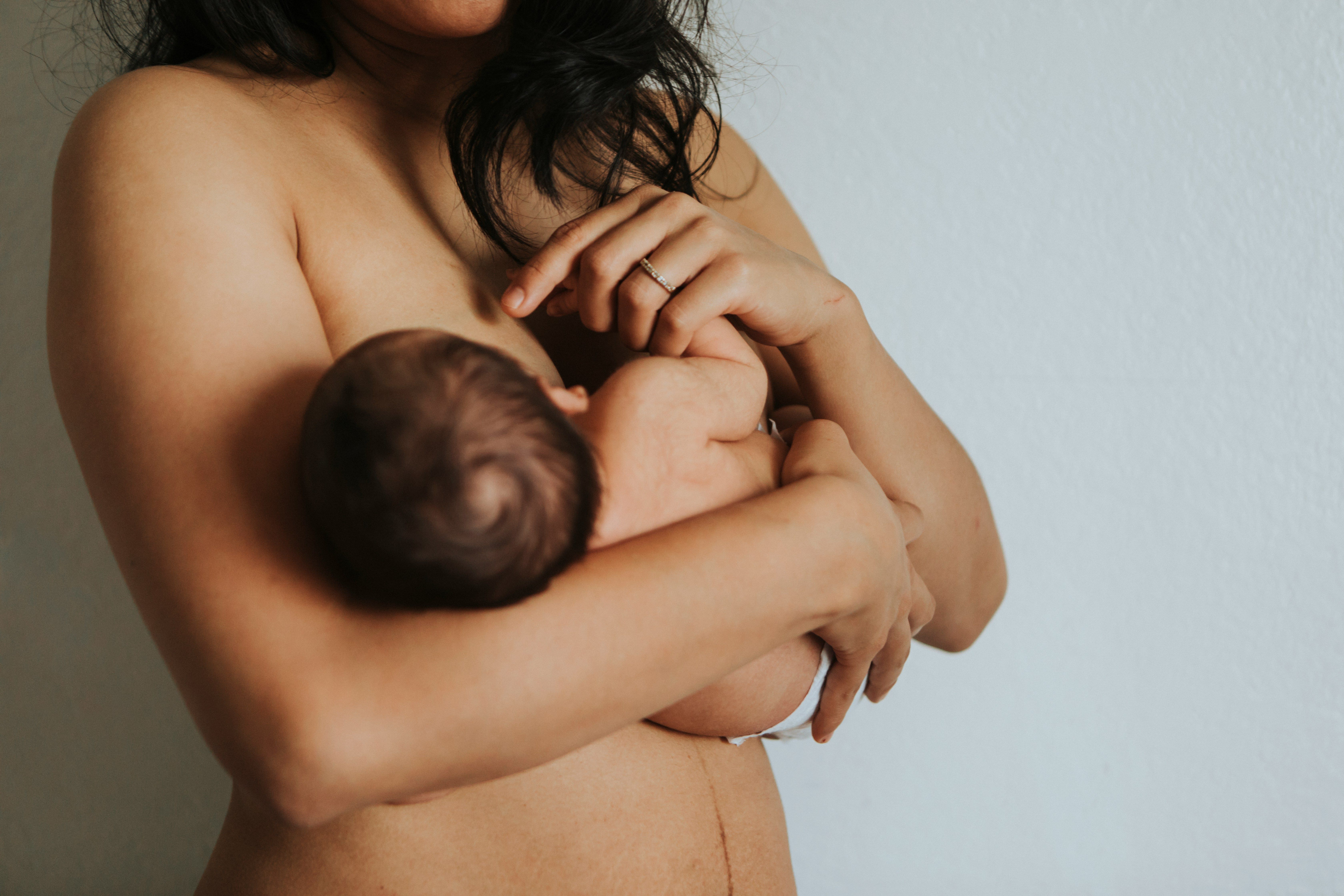Post Natal Contraception

Contraception is essential for planning the size of your family and spacing children optimally for your individual family unit. A pregnancy that occurs within 12 months of giving birth can place extra stress on the mother and baby and carry more risks of complications, so having effective contraception during this time is particularly important. It can be a good idea to talk to your doctor about this before giving birth, as some contraceptive methods can be started soon after childbirth.
Contraception is not needed in the first 3 weeks following childbirth, but ovulation (the release of an egg from the ovary) can occur as early as 3 to 4 weeks post-natal, meaning you can become pregnant. Therefore, knowing what contraception you will use and booking a doctor’s appointment if you need to is important.
Your choice of contraception will depend on many factors, such as how effective the method is, suitability for your personal and medical circumstances, your personal preference, and whether or not you are breastfeeding.
Contraceptive options in the post-natal period
The contraceptive implant (the rod)
- The contraceptive implant (Implanon) is a small plastic rod that contains the hormone progestogen. It is inserted beneath the skin on the underside of the upper arm.
- It works by preventing ovulation and lasts for 3 year
- It is over 99% effective
- It can be inserted at any time after birth. Although the product information advises 3 weeks afterwards, evidence-based guidelines recommend that it can be inserted earlier
- The contraceptive implant can be used when breastfeeding


Intra-uterine devices (IUDs)
- An IUD is a small plastic device that is inserted into the uterus. There are two types of IUDs:
- the hormonal IUDs (Mirena® which lasts 5 -6 years, and Kyleena® which lasts 5 years)
- the copper IUD which lasts for 5 or 10 years depending on the model.
- IUDs work in several ways: by stopping the egg and sperm meeting and by changing the lining of the uterus so it cannot support a fertilised egg. Hormonal IUDs also thicken the mucus in the cervix
- Both types of IUDs are over 99% effective • An IUD can be inserted from 4 weeks following birth, but it is possible to insert one earlier in some situations, and it can be removed at any time
- Both the hormonal IUD and the copper IUD can be used when breastfeeding
The contraceptive injection
- The contraceptive injection is a hormonal contraceptive containing a progestogen, which is given into the buttock or arm every 12 weeks
- It works by preventing ovulation
- It is 96% effective
- There can be a delay in return to fertility after stopping the contraceptive injection. Therefore, this method may be less suitable if you are considering another pregnancy within 2 years
- It can be started any time after delivery
- The contraceptive injection can be used when breastfeeding


The combined oral contraceptive pill
- The combined oral contraceptive (‘the pill’) contains two hormones, oestrogen, and a progestogen
- It works by preventing ovulation
- It is 93% effective
- The pill can be started 6 weeks after birth
- When breastfeeding, the pill is safe to use from 6 weeks after delivery
The progestogen-only pills
The progestogen-only pill (mini pill) is a pill that must be taken at the same time every day.
- It works mainly by changing the mucus in the cervix
- It is 93% effective at preventing pregnancy
- It can be started immediately after delivery
- The mini pill can be used when breastfeeding
Slinda® is a contraceptive pill that contains the progestogen drospirenone.
- It works by preventing ovulation and thickening the mucus in the cervix
- It is 93% effective
- Discuss when you may be able to start Slinda® after delivery with your doctor
- Slinda® can be used when breastfeeding


Condoms
External Condoms
- A condom is a thin sheath that is placed over the penis during sex
- Condoms work as a barrier method, preventing sperm from entering the vagina. They are an effective method of contraception when used correctly and can be an excellent temporary choice following childbirth, especially if you are waiting to start another contraceptive method • Condoms are about 88% effective
- They are readily available at chemists and supermarkets. The use of water-based lubricant is advised to make sex more comfortable and to reduce the risk of the condom breaking
- They can be used as soon as you resume sex
Internal Condoms
- The internal condom is a thin pouch that is inserted into the vagina where it remains during intercourse. They are available to order online.
- Internal condoms work as a barrier method preventing sperm entering the vagina
- Female condoms are 79% effective
- Internal condoms can be used as soon as you resume sexual intercourse
The Caya diaphragm
- The Caya diaphragm is a silicone dome which is placed into the vagina before intercourse and left in for a minimum of 6 hours
- It is a barrier method that covers the cervix and prevents sperm from entering the uterus
- The Caya diaphragm is 82% effective • To make sure that the Caya diaphragm is right for you, it is advised that you have a fitting with a specially trained nurse (e.g., at SHFPACT) before purchasing one online
- The Caya diaphragm can be used from 6 weeks after childbirth


Sterilisation
The two sterilisation methods available are vasectomy for people with a penis and tubal ligation for people with a uterus. They are both over 99% effective. As sterilisation is regarded as a permanent method, it is advisable to take the time to thoroughly consider all aspects before deciding. This includes considering whether a sterilisation decision may be regretted if the loss of a partner or children through illness or accident occurred. If you are interested in sterilisation, talk to your GP or a doctor at the SHFPACT Clinic. You will need a doctor’s referral for tubal ligation.
Lactational Amenorrhoea (fully breastfeeding as a contraceptive)
Lactational amenorrhoea is when breastfeeding is used as a method of contraception. It is very effective (98%) when used correctly.
To use it correctly, the following three criteria must be met:
- Your baby must be less than 6 months old.
- Your periods must have not returned.
- You must be fully breastfeeding your baby. (This means no bottle feeds and no longer than 4 hours between feeds during the day and 6 hours between feeds at night. If your baby misses any feeds or begins to sleep long periods at night, your risk of pregnancy will increase, and you should use an additional method of contraception if you wish to avoid pregnancy).
Once your periods return, contraception should be used to avoid pregnancy, even if you are still fully breastfeeding. Contraception is also advised once your baby turns 6 months old. If you have difficulty establishing breastfeeding, use complimentary feeding, or if you decide to bottle feed, lactational amenorrhoea will not work for you, and you will need to use contraception as soon as you resume sexual intercourse.


Emergency contraception (EC)
Emergency contraception (EC) can reduce the risk of pregnancy when unprotected intercourse has occurred. For example, when no contraception was used, a condom broke, your diaphragm slipped, or you took your pill late.
There are three types of emergency contraception available in Australia:
Levonorgestrel EC.
This oral pill contains progestogen and works by stopping or delaying ovulation (release of an egg).
It needs to be taken within 3 days (72 hours) of unprotected sex. The sooner it is taken, the better.
It is available over the counter at most pharmacies, the Walk-in Centres in the ACT, SHFPACT, Canberra Sexual Health Centre, and The Junction Youth Health Centre.
It is safe to use while breastfeeding.
Ulipristal EC.
This oral pill contains a progesterone blocker and works by stopping or delaying ovulation (release of an egg). It needs to be taken within 5 days (120 hours) after unprotected intercourse. The sooner it is taken, the better. Ulipristal acetate EC has been shown to be more effective than the Levonorgestrel EC. It is available over the counter from pharmacies.
If you are breastfeeding, you cannot breastfeed for a week after taking Ulipristal-EC. You will need to discard any breastmilk expressed during this time.
The copper IUD.
A copper IUD can be used as emergency contraception and is 99% effective at preventing pregnancy. It needs to be inserted by a specially trained doctor within 5 days of unprotected intercourse and can be used from four weeks after childbirth. It can also be used as ongoing contraception.
When can I resume sexual intercourse?
There is no set time to resume sexual intercourse after having a baby, it is really an individual decision. You may or may not feel like having sex for a while after the birth of your baby. Be guided by your own emotions and how you feel physically. You can find other ways to be intimate and sexually close with your partner until you feel ready to have sexual intercourse again. It’s important to talk with your partner and let them know how you are feeling about it.
Will sex be uncomfortable?
Many people worry that sex will be uncomfortable after giving birth. Discomfort may occur because vaginal lubrication is often decreased due to the hormonal changes of birth and breastfeeding. There are simple treatments available that can help with this, so discuss it with your doctor. Discomfort with sex may also be related to an episiotomy or tear which is still healing after a vaginal delivery.
Recovery usually takes place over a few weeks to months. It is a good idea to use lubricant to make sex more comfortable. This can be applied to the penis or the vaginal entrance before intercourse. Do not continue intercourse if it is painful or uncomfortable and wait a few days before attempting it again. If sexual intercourse continues to be uncomfortable over an extended period, you should see a doctor to discuss it.